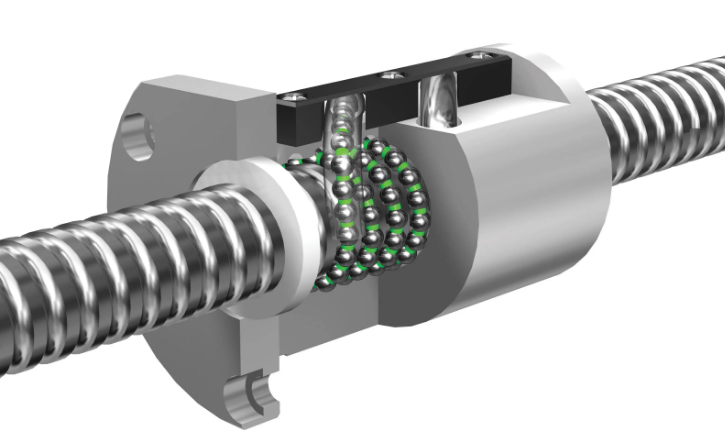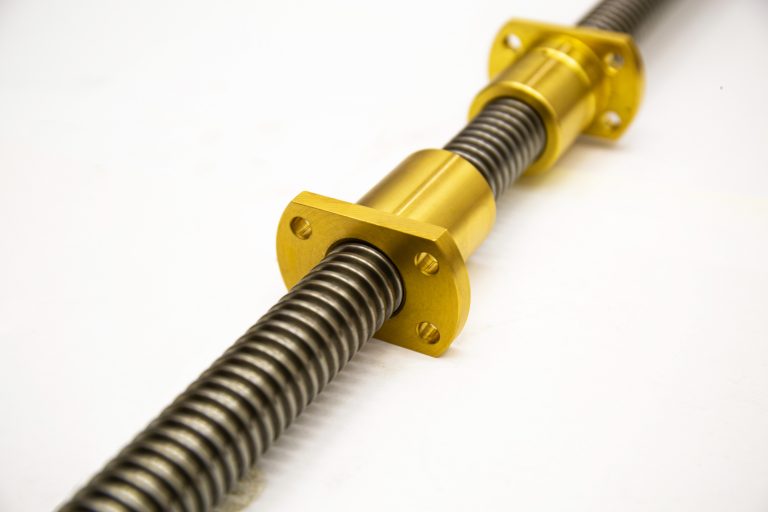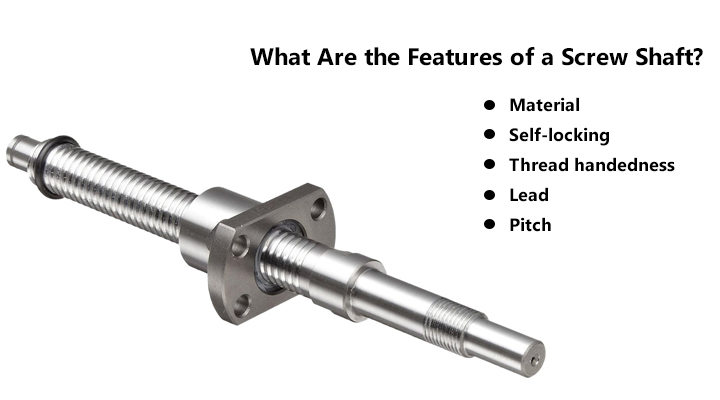Screw Shaft
Let’s Plan Your Big Day, Stress Free!
What Is a Screw Shaft?
A screw shaft is actually a thin cylindrical rod or spike that may be entirely or partially encased within a thread. The performance of the screw shaft should be to hold objects together and transmit torque and rotation. Usually, the screw shafts possess a pointed level, which allows them to implement their torque to drill holes.
Usually, the screw shaft is an aspect of the screw that’s the fastener. However, they do have several other applications in different industries.
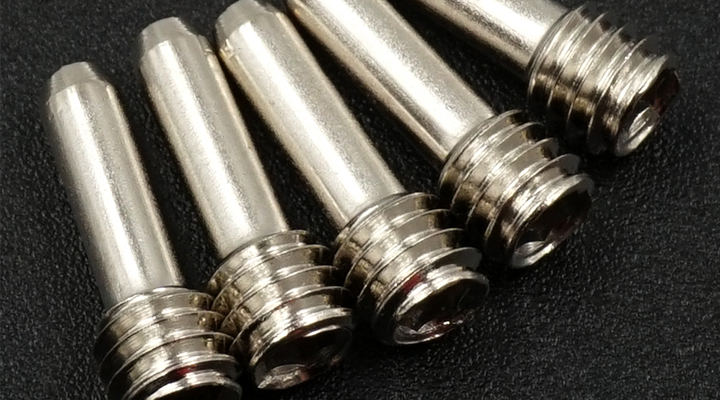
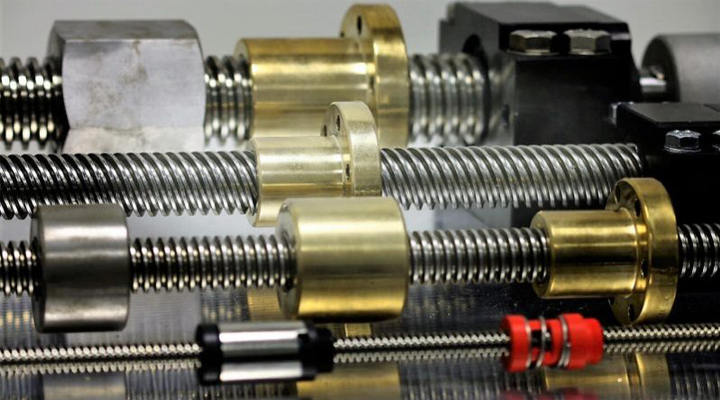
Where Are Screw Shafts Used?
Lorem ipsum dolor sit amet, consectetur adipiscing elit, sed do eiusmod tempor incididunt ut labore et dolore magna aliqua. Ut enim ad minim veniam, quis nostrud exercitation ullamco laboris nisi ut aliquip ex ea commodo consequat.
Where Are Screw Shafts Used?
Due to the characteristics of the screw shafts mentioned above, as well as the versatile screws, they have several different applications:
In threaded fasteners, two or more objects are held together. The types of screws that can usually be used for this purpose are wood screws, studs, bolts, nuts, or sheet metal screws;
Due to its self-locking properties, the screw shaft has a variety of applications: screw cap container lids, threaded pipe fittings, screw jacks, C-clamps, vises, bottle openers, etc.;
As power transmission linkages in different machines – ball screws, worm gears, roller screws and lead screws;
We use precision calibrated screws measured in microns;
We use rotating helical screw chambers to move material in screw conveyors, augers and Archimedean screws.
What Are the Features of a Screw Shaft?
Material
We typically manufacture screw shafts in stainless steel, brass, titanium or bronze. When machining screw shafts, manufacturers often apply a surface coating such as chrome, brass or zinc. Some screws can be made of aluminum, but they are not durable and are easily damaged by weather conditions.
Self-locking
Most screw shafts are self-locking – they drill a hole, but you can’t pull them back out. This feature makes them ideal for threaded fasteners, C-clamps, screw jacks, vises, and screw cap container closures.
Thread handedness
This feature refers to the direction you have to turn the screw to tighten it. Screws can be right-handed, which means you have to turn them clockwise to tighten them; or left-handed – you have to turn them counterclockwise to tighten.
The Design of a Screw Shaft
The screw shaft is cylindrical with a pointed and wider head/drive unit. Screw shafts with flat ends are also available but require pre-drilling.
For different purposes and applications, screw shafts can have different designs. The head of the screw shaft can be flat, raised, hexagonal, square, etc. Screws can be fully threaded or partially threaded. Partially threaded screw shafts offer better durability and strength.
Finally, screw shaft designs also differ in terms of threads. Depending on their application, they all have different thread angles and pitches.
Our Products
As a screw shaft manufacturer, we will do our best to serve you. If you need customized products, or the products you need are not found on our website or need a product catalog, don’t worry, more of our products are still being uploaded. You can email us directly, and we will reply to you within 24 hours!
-
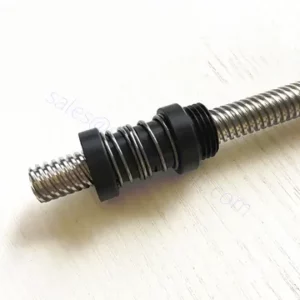
China Lead Screw Manufacturer Stainless Steel CNC Machining Trapezoidal Lead Screw Shaft
-
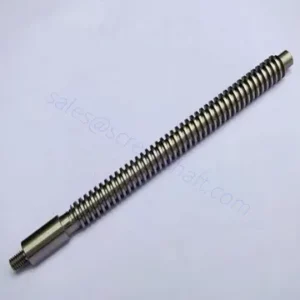
CNC Machining High Quality Worm Gear Screw Shaft
-
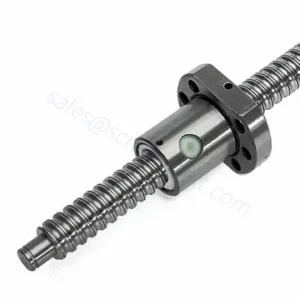
CNC Machining Stainless Steel Self-reversing Screw Shaft
-
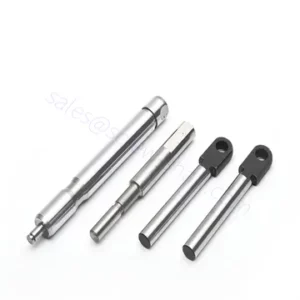
Custom Stainless Steel/Brass Knurled Circular Thread Dowel Nuts and Screw Shafts
-
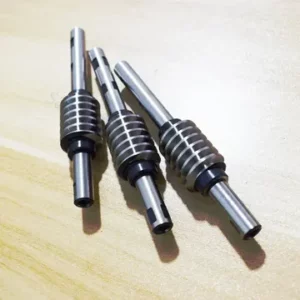
Other Products
-
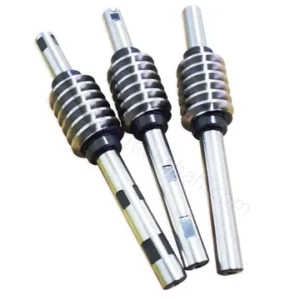
Production of Stainless Steel Worm Gears and Worm Shafts
How Do Screw Shafts Work?
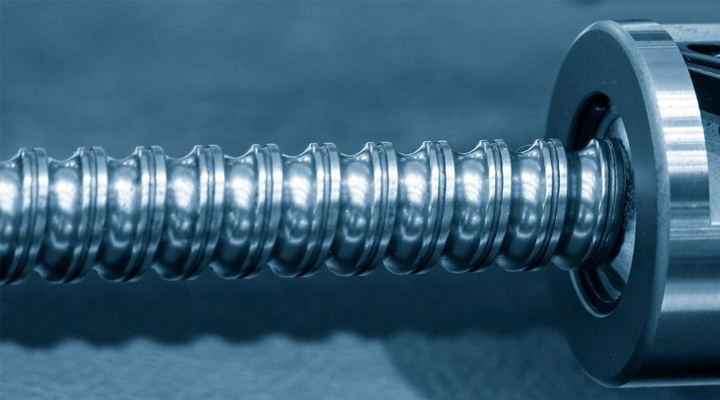
Screw shafts function by converting rotary motion into linear motion and torque into linear force. With its torque and rotational power, with screw shafts you can:
◆ drilling holes in objects; or
◆ You can twist a threaded collar nut around it – to tighten the handle and hold the two things together;
